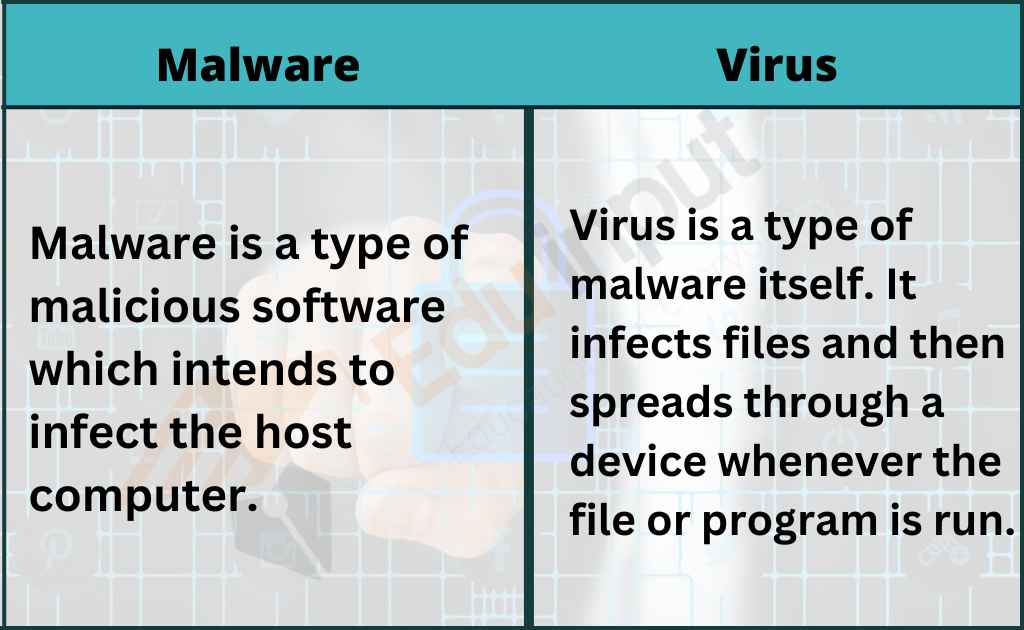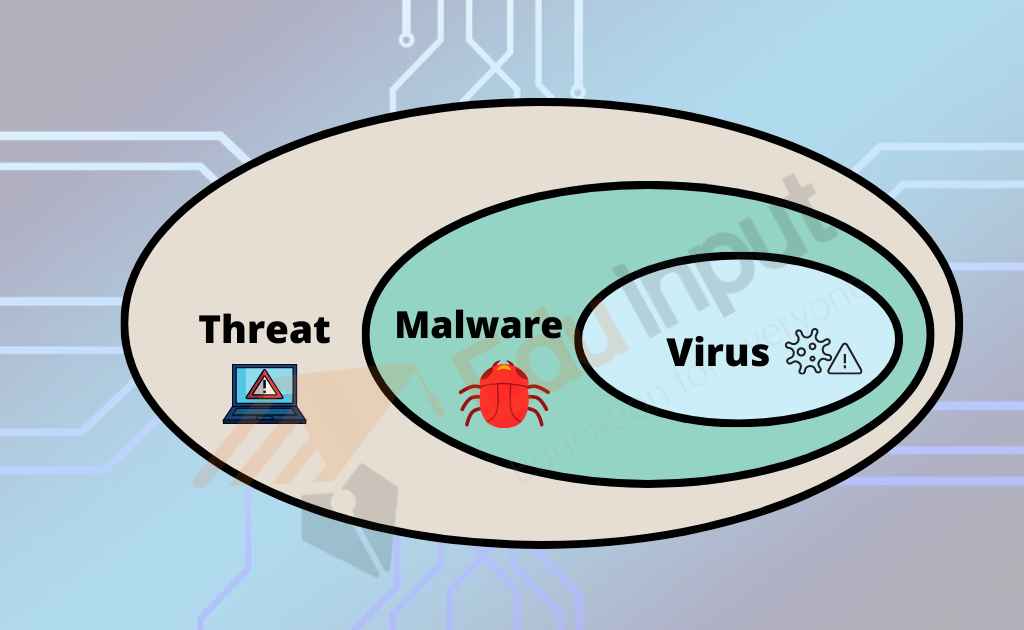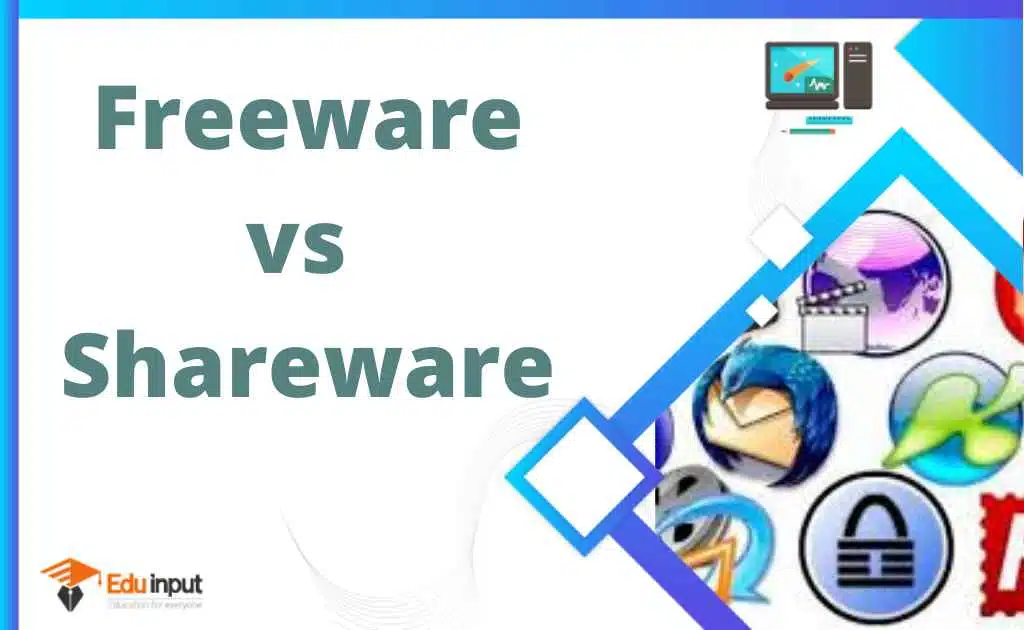Difference between Malware and Virus
The main difference between malware and a virus is, that malware is malicious software that intends to infect the host computer and a virus is a type of malware is a code that self-replicates or copies itself to spread to other devices or areas of the network.

Computer Virus
A computer virus is a type of malicious software that replicates itself automatically without user interaction. A computer virus may infect a computer (e.g. Microsoft Word) or data files (e.g. Excel, spreadsheets). Once attached, the virus can replicate itself repeatedly, spreading from machine to machine over networks and consuming valuable computing resources.

Viruses are often spread via email attachments, USB drives, or websites. Once infected, a computer becomes vulnerable to attack by hackers who attempt to gain access to the computer.
There are different types of viruses:
File-infecting Virus.
Macro Virus
Browser Hijacker
Web Scripting Virus
Boot Sector Virus
Polymorphic Virus
Resident Virus
Multipartite Virus
Malware
Malware is short for malicious software. Malicious software (malware) is any program designed to infiltrate or damage a computer system without permission. Most malware is created to steal data or money from users, but some may be programmed to destroy data or cause harm to the user’s device.
Types of malware
Adware: Adware is software that displays advertisements while a person uses a browser. It is used to generate revenue for its creator. Adware is commonly bundled with freeware or shareware.
Viruses: A virus is a type of malware that infects a computer file or application. Viruses are often spread via email attachments, USB drives, or websites
Worms: Worms are pieces of code that replicate themselves and copy themselves to other computers. A worm spreads rapidly across a network until it reaches a destination where it then replicates itself.
Trojans horse: Trojan horses are programs that appear harmless at first glance. When run, they install additional software onto a computer. These programs are often bundled with free applications or games, and once installed, they give the hacker full control over the computer.
Spyware: Spyware is software that secretly monitors what people do online. It can record keystrokes, track web browsing history, and monitor emails. Spyware is commonly used to gather information about people’s personal lives.
There are many other types of malware such as bots, ransomware, fileless Malware, etc.
Malware vs Virus
The difference between malware and virus is given below:
| Malware | Virus |
| The full form of malware is malicious software. | The full form of Vital Information Resources Under Seize. |
| Malware is software designed to infiltrate or damage a computer system without permission | A virus is a type of malware that self-replicates or copies itself to spread to other devices or areas of the network. |
| Types of malware: Adware File less Malware Viruses Worms Trojans Bots Ransomware Spyware | Types of viruses: File-infecting Virus. Macro Virus Browser Hijacker Web Scripting Virus Boot Sector Virus Polymorphic Virus Resident Virus Multipartite Virus |
| Antimalware’s used to remove the malware. | Antiviruses are used to remove viruses from the device. |
Related FAQs
What are the 2 effects of malware?
Malware slows down the speed of the system and also causes the appearance and disappearance of files automatically.
What are the key differences between viruses and malicious codes?
The primary distinction between viruses and other harmful codes is that viruses attach themselves to programs and disseminate copies of themselves. Malicious code quietly causes other codes to copy other codes and allows other codes to enter.
Are malware and viruses the same thing?
No they both are not the same things because malware works for the benefit of the third party to get unauthorized access to the device.
The virus is a code that replicates itself and attaches itself to the files and programs.







Leave a Reply